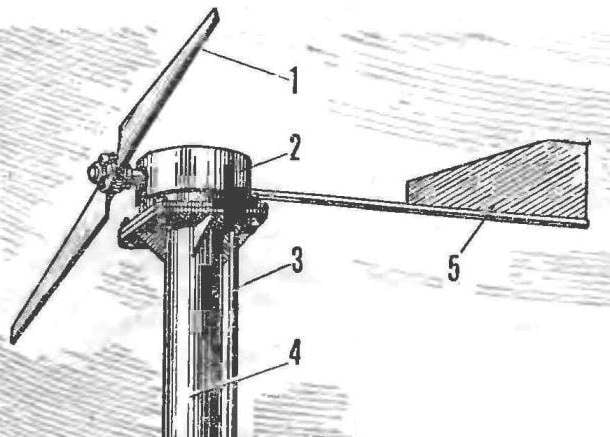The screw shaft installed in the sleeve of the strut drive mechanism in nylon bearings from the shaft end wearing lead rubber roller, through which is spanned by the ribbon conveyor. The base of the mechanism is rotated relative to the housing on a support home. In case this is done the annular groove. Card base is cut from sheet metal thickness of 2 mm. it drilled holes Ø15 mm for the fingers of rollers, the Assembly fingers inserted into these openings and resultsbecause. Clips recorded pressure washers. In addition, the basis for the admission of the tape cut a rectangle with sides 110 X130 mm. Next to him, welded to the frame under the axle of the cage is a squeezing device. On the one hand in the cage is a concentric slave cylinder rubber cushion, the other on the rolled axis of the counterweight, with which the roller is pressed against the ribbon, “extracting” the water. Under them put a rubber visor — receiving waters. The drive mechanism is covered with a top cover, which can be made of sheet metal.
Tensioning mechanism pulls the tape down: for this he metal weighted puck weighing about 2 kg, attached to the cage tension pulley bolt M10.
Fig. 4. Stabilizer:
1 — foot rod, 2 — rod, 3 — “shovel”, 4 — rivet 5.
Fig. 5. Strut shaft:
1 — shaft sleeve, 2 — korenovy bearing, 3 — bearing.
Fig. 6. The base of the drive mechanism:
1 — charge, 2 — frame base, 3 — finger support rollers.
Fig. 7. Clip of the squeezing device:
1 — frame axis of the squeezing roller, 2 — axis counterweight.
Fig. 8. Tensioning mechanism:
1 — a tension roller, 2 — axis, 3 — yoke, 4 — load, 5 — bolt M10.
Tape is a rubber strip with a thickness of 3-4 mm, it pasted foam thickness of 15-20 mm. the two layers are connected to an oblique junction. Tape can be used and the sponge rubber. Frame lift and feed tank (tank) are made from scrap materials, and mounting height should be selected such that the tensioning mechanism was always in the water.
It is possible to execute a number of works, for example, to water the garden, directly at the working windmill, but easier to store water for future use, filling the tank, where she is warmed by the sun. Installation you can easily insert without supervision. Even if the water is overflowing the capacity, it will drain back into the well through the choke tube.
Wind lift can provide “production” of 100 m3 of water per day.
There would be only the wind!
E. MAKAROVA, Karaganda
 Free energy wind has long serve man. Question about using it is urgent and now, especially with the ever increasing shortage of natural fuel. There is a “demand” for it and the private sector, as evidenced by letters submitted to the editor.
Free energy wind has long serve man. Question about using it is urgent and now, especially with the ever increasing shortage of natural fuel. There is a “demand” for it and the private sector, as evidenced by letters submitted to the editor.
